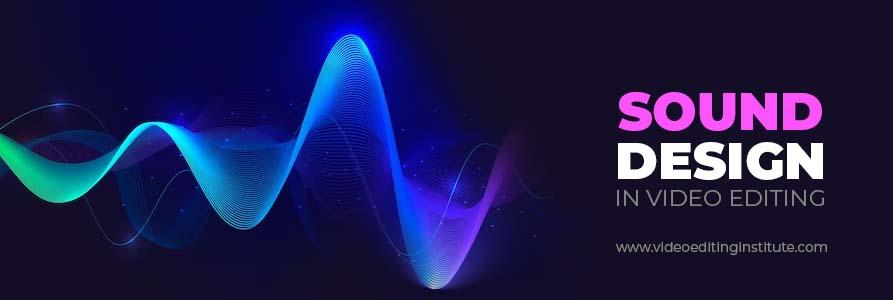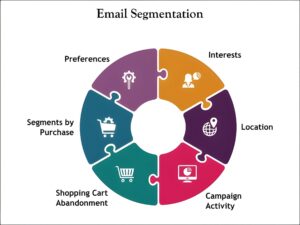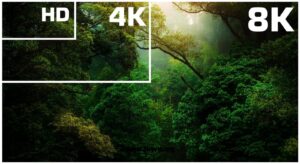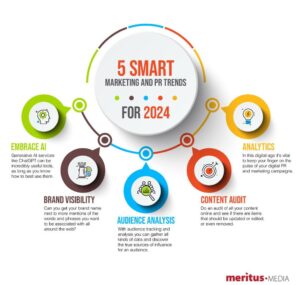Why Sound Design Matters in Video Editing
When it comes to video editing, most people naturally focus on the visuals – the cuts, color grading, transitions, and effects. But there’s a powerful, often undervalued ingredient that can significantly elevate your project: sound design. From subtle ambient noises to impactful sound effects and perfectly balanced dialogue, sound design plays a crucial role in shaping the viewer’s experience.
In this article, we’ll dive deep into why sound design matters in video editing, how it influences storytelling, and practical tips to level up your videos with excellent audio.
What is Sound Design in Video Editing?
Sound design refers to the process of specifying, acquiring, manipulating, or generating audio elements to accompany a visual media piece. In video editing, this involves layering different types of audio-dialogue, sound effects, ambience, Foley, music, and more-to create an immersive and dynamic sonic environment.
- Dialogue: The spoken words or narration.
- Sound Effects (SFX): Specific sounds that emphasize actions or events.
- Ambience/Background Sounds: Environmental audio that adds context.
- Foley: Custom-made sound effects synced with character movements or props.
- Music: Background scores or songs that set mood and tone.
Why Sound Design Is Critical in Video Editing
Here’s why every video editor should consider sound design as fundamental as the visuals:
1. Enhances Emotional Impact
Well-crafted sound design amplifies the emotional resonance of scenes. Whether tension, joy, fear, or excitement, sound cues subtly guide viewer feelings, making moments more memorable.
2. Improves Storytelling and Narrative Flow
Sound helps convey narrative details that visuals alone may miss. It can indicate off-screen events, emphasize plot points, or reveal character emotions, enriching the overall story.
3. Boosts Viewer Engagement and Retention
Videos with balanced and deliberate sound design keep viewers hooked longer. Poor audio quality or absent sound effects can distract audiences or cause early drop-off.
4. Creates a Professional and Polished Look
High-quality sound design often differentiates amateur videos from professional productions. Crisp audio never goes unnoticed and elevates your brand’s credibility.
5. Guides Attention and Focus
Through volume control, pans, and audio effects, sound design directs the audience’s focus toward important visual elements or actions on screen.
Benefits of Good Sound Design in Video Editing
| Benefit | Description | Example |
|---|---|---|
| Emotional Connection | Triggers audience empathy and response | Suspenseful music heightens tension |
| Clarity in Communication | Makes dialogue and story elements clear | Background noise reduction enhances speech |
| Immersive Experience | Envelops viewers in the video world | 3D audio effects in VR videos |
| Brand Authority | Sets a professional tone | Consistent audio branding in promos |
Practical Tips for Effective Sound Design in Video Editing
If you want to harness the power of sound design effectively, here are some practical tips to follow during your editing process:
- Use High-Quality Audio Sources: Invest in good microphones or royalty-free sound libraries for clean audio.
- Balance Audio Levels: Avoid overpowering music or sound effects that clash with dialogue.
- Incorporate Foley Sounds: Record or find custom sounds to enrich character interactions and movements.
- Layer Sound Elements Thoughtfully: Don’t just add audio randomly-consider how each layer supports the narrative.
- Use Panning and Spatial Audio: Create realistic soundscapes by positioning sounds in stereo or surround channels.
- Remove Unwanted Noise: Use noise reduction tools to maintain clarity.
- Sync Sound Precisely: Ensure sound effects and dialogue match the visual timing perfectly.
Case Study: The Impact of Sound Design in Film Editing
Consider the movie “A Quiet Place”, where minimal dialogue and carefully crafted ambient sound create intense suspense. The absence of sound, contrasted with sharp, sudden noises, elevates every scene’s tension. This demonstrates how sound design is not just a background feature but a storytelling protagonist in itself.
Similarly, in documentaries, ambient sounds and natural audio cues provide authenticity, making viewers feel as if they are part of the scene.
How Sound Design Benefits Different Types of Videos
| Video Type | Sound Design Focus | Result |
|---|---|---|
| Corporate Videos | Clear voice-over, light ambience | Professional & convincing message delivery |
| Short Films | Rich soundscapes, emotional cues | Immersive storytelling |
| YouTube Content | Background music, clean dialogue | Higher viewer engagement |
| Commercial Ads | Catchy jingles, impactful SFX | Memorable brand impression |
Conclusion: Making Sound Design a Priority in Your Video Editing Workflow
In today’s competitive video landscape, visuals are only half the story. Sound design adds depth, emotion, and clarity that pure imagery alone cannot achieve. Whether you’re editing a film, a commercial, a YouTube vlog, or any other video format, investing time and resources into sound design will elevate your production quality and ensure your message resonates powerfully with viewers.
Remember, great video editing is as much about what you hear as what you see. Putting thought, care, and creativity into your audio will take your videos from good to unforgettable.









